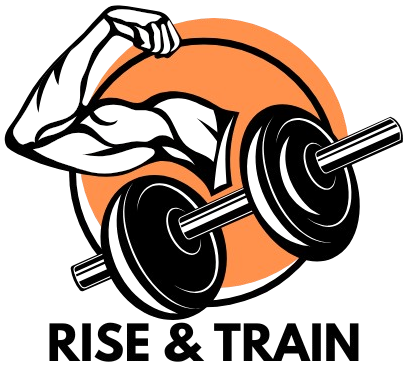
Sprint Mechanics, Without Myth: Posture, Ground Contact, and Plyometrics that Actually Transfer
Share
Speed is posture meeting time. You cannot fake the angle of intent, nor bargain with the ground. This field-tested framework organizes sprint drills and plyometrics so that technique leaves the warm-up and enters the stopwatch.
1) The Posture Canon
-
Projection angle: acceleration begins like a falling tree—forward lean from the ankles, not the waist.
-
Stack: head–ribcage–pelvis aligned; ribs down, pelvis neutral, eyes on the lane ahead.
-
Arms: violent but vertical; elbows ~90°, hands cheek to hip. Arms gate cadence; do not let them swim.
2) Ground Truth
-
Force vector: push back and down; the track returns forward.
-
Contact time: long(er) in first 10–20 m, shortens as velocity wins.
-
Cadence > reach: over-striding is a tax—land under the hips, then go.
3) The Warm-Up (12–15 min)
-
5 min easy jog or bike
-
Dynamic mobility: ankle rocks, leg swings, hip airplanes, T-spine openers
-
Drills (2×15–20 m each): A-march → A-skip → A-run; wall drives 3×10s; straight-leg bounds 2×20 m
4) Sprint Session Menu (Choose One Focus)
-
Acceleration (10–30 m):
-
6–10 reps from 3-point or falling start; full walk-back rest (60–90 s).
-
Cues: “Push the ground away,” “Chase your shoulders,” “Stiff ankle, soft jaw.”
-
-
Max-V (30–60 m fly):
-
Build 20–30 m + fly 20–30 m × 4–6; full recovery (2–3 min).
-
Cues: “Bounce off the track,” “Hips tall,” “Hands brush pockets.”
-
-
Speed Endurance (60–150 m):
-
3–6 reps with 3–5 min rest; hold posture, do not grow old mid-rep.
-
5) Plyometrics That Transfer
-
Low amplitude, high stiffness (2×/wk): pogo hops 3×20, ankling 3×20 m, line hops 3×20s.
-
Horizontal power for accel: bounding 3×20–30 m, broad jumps 4×3.
-
Vertical for max-V: hurdle hops 4×3–5 (low hurdles, crisp contacts).
-
Rules: fresh only; stop 1–2 reps before slop. Your tendons are not negotiable.
6) Progression (4-Week Microcycle)
-
W1–2: technical volume, submax speed (90–95%).
-
W3: sharpen—drop volume 20–30%, add one fly rep.
-
W4: deload—keep drills, cut intensity, leave hungry.
7) Return-to-Sprint Ladder (after time off)
-
Marches & skips → 2. Low plyos → 3. 6–8×10 m accel @ 80% →
-
6×20 m @ 85–90% → 5. 4×30 m @ 90–95% → 6. Introduce flies.
8) Common Faults & Fixes
-
Butt-kick stride: cue “knees forward, heels quiet.”
-
Collapsed trunk: kettlebell front rack carries, half-kneeling anti-rotation press.
-
Late arm recovery: light med-ball wall punches 3×15 each side.
Risen Train Sessions
-
“Fly 30” Speed Lab — coached build-ups and timing gates.
-
Plyo Fundamentals — tendon-friendly stiffness progression.
-
Acceleration Clinic — video breakdown + corrective menu.
Sprinting is the study of honesty: every contact is a confession. Make each one brief, strong, and true.
